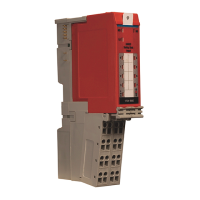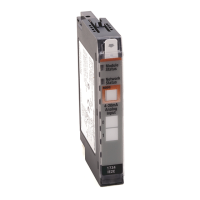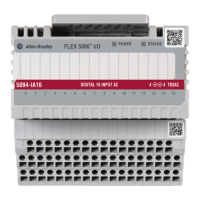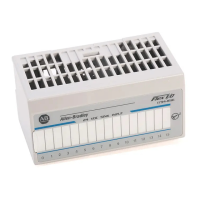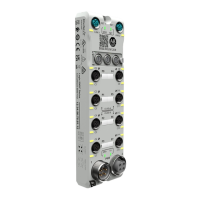Publication 1734-UM001D-EN-P - April 2008
Configure POINT I/O Modules in RSLogix 5000 Software 193
2. From the Configuration dialog, complete the entries, referring to the
table for information about how to complete entries with No Load
Detection.
3. At the top of the Configuration dialog, complete the header check boxes
for the following:
• No Load Detection
• Latch Faults
• Auto Restart
Feature Description
Point Displays the channel numbers.
Latch Faults • Use to determine how a status bit acts after the cause of the
fault is removed.
• Use latching for tracking transient or momentary faults.
• You do not affect status LEDs when using latched alarms.
If You Select Then
Latch Faults Alarm bits stay faulted if an alarm
(checked) occurs. Clear the fault by using the
clear latched alarm service for the
channel (Reset pushbutton).
Reset Latch Faults Alarm bits reflect the present state.
(unchecked)
Auto Restart • The Reset mode defines the action of the output during a
short circuit or overload.
• A fault also occurs if you turn on an output when you do not
apply field power to it.
Select If you want the output to
Latched off (unchecked) Shut off
Auto restart (checked) Continually try to turn on
Point Fault • Select to clear latched alarms.
• A blue arrow denotes the use of explicit messaging.
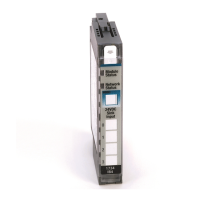
